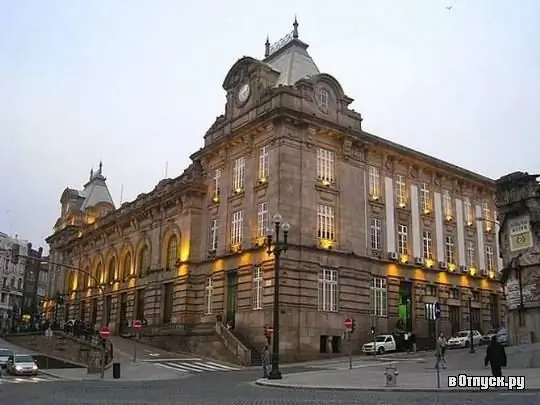
Description of the attraction
Porto's main train station is located in the city center, in the Almeida Garrett Square, and is one of the city's two main train stations, both for residents wishing to get to Porto from the north of Portugal and for tourists wishing to explore the Porto area.
Originally on the site of the station was the Benedictine monastery of San Bento de Ave Maria. In 1783, a fire broke out in the monastery, later work was carried out to restore the building, but by the end of the 19th century, the monastery finally fell into disrepair. In connection with the development of the railway network in Portugal, on the site of an abandoned monastery in 1900, King Carlos I laid the foundation stone of the railway station. The project for the construction of the station was entrusted to the architect Jose Marcus de Silva, who built the building in the style of French neoclassical architecture.
The decoration of the São Bento station with the famous azulejo tiles made Portugal famous throughout the world. The building was decorated by the artist Georges Colas. Inside the station, the walls are decorated with paintings by this artist, more than 20,000 azulejo tiles in blue and white, illustrating episodes from the history of railways and vehicles in the upper part of the walls, battle scenes in the middle, and paintings of peasant life, as well as historical scenes from the life of Portugal, such as the arrival of Monarch João I and Philip of Lancaster in the city of Porto.
The station was opened in 1896, fully completed in 1916 and is still functioning.






